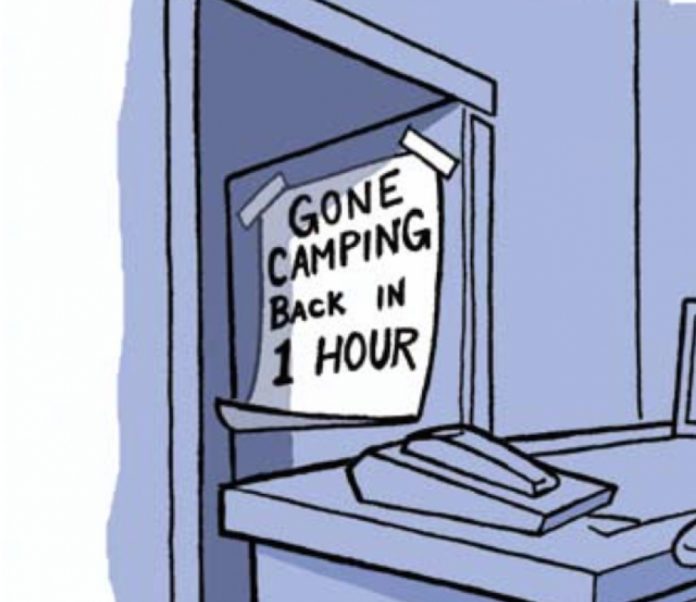By day 10 on the Coppermine last year, even the non-fishers were angling for pan-fried char. But how exactly does that slippery critter get from your hook to the plate? Filleting a fish removes the flesh from the bones and makes cooking easier.
Fillet your fish on a flat rock or piece of wood away from the campsite and near the water’s edge so you can rinse away the evidence.
Using a sharp, long, thin blade, slice just behind the gills to the spine as if you were removing the head. Then make an incision along the back of the fish, as close as you can to the dorsal fin. You should be able to feel the dorsal bones, which protrude from the spine, with the tip of your blade. If you can’t feel the dorsal bones, you’re leaving some flesh behind.
Hold the flesh back as you slice and continue until you’ve cut down to the spine all the way from gills to the anal fin. This is where the ribcage ends and you can begin cutting deeper than the spine. With your blade angled down toward the spine continue with a sawing motion to separate the tail portion of the fillet from the spine.
With the fillet detached—except for where flesh meets ribcage—repeat on the other side, cutting to the spine on the other side of the dorsal fin and bones.
The hardest part is removing the fillet from the ribcage. While holding the flesh you’ve already separated and with the blade angled down toward the ribs, gradually slice the flesh away from the bones. The flesh is thinnest over the ribcage but with patience you can get most of the meat from these bones. When you get to the end of the ribs slice along the belly and around the anal fin and anus to remove the first fillet. Repeat on the other side and you’ll have two fillets ready for the pan and a very thin fish that can go back to a deep spot in the lake.
You can cook fillets with the skin on but I prefer to remove the skin from fish with large scales. Hold the fillet near the tail with the skin down and slice between the skin and the flesh. Work the knife back and forth with the blade on a slight angle toward the skin. The skin will neatly part from the flesh, leaving you with nothing but fresh flesh and very few bones.
Mark Scriver is a Black Feather guide and the co-author of Camp Cooking.
 This article first appeared in the Spring 2008 issue of Canoeroots Magazine.
This article first appeared in the Spring 2008 issue of Canoeroots Magazine.



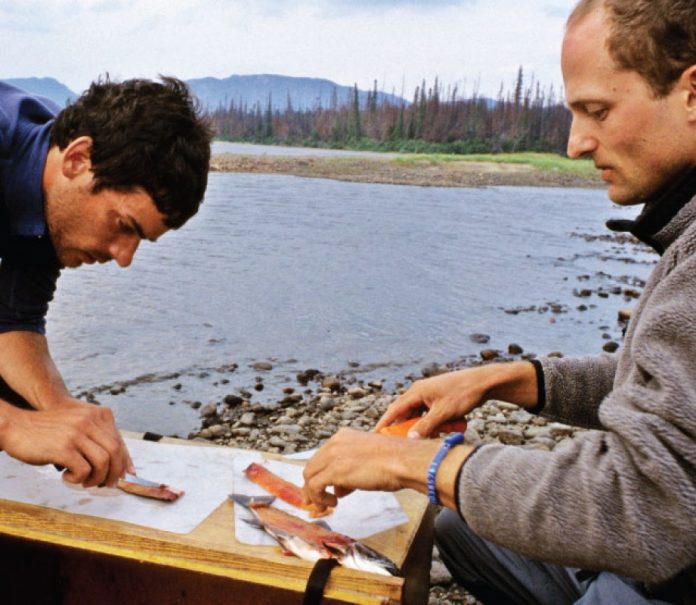
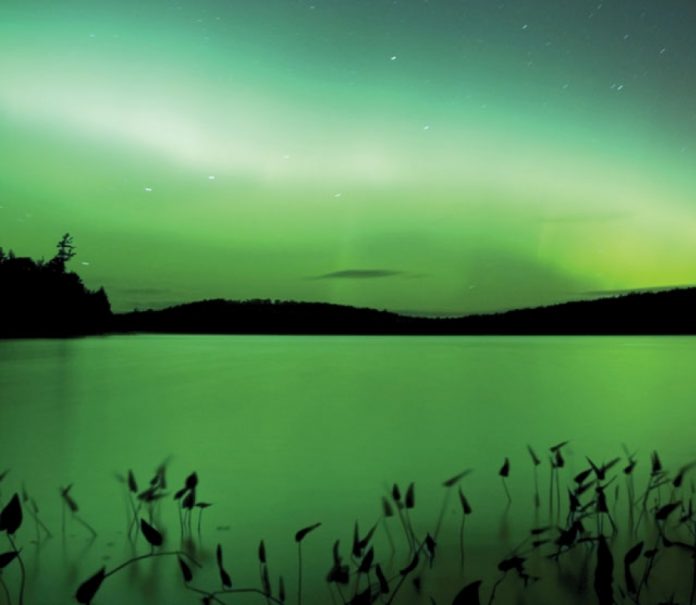

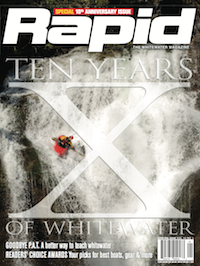
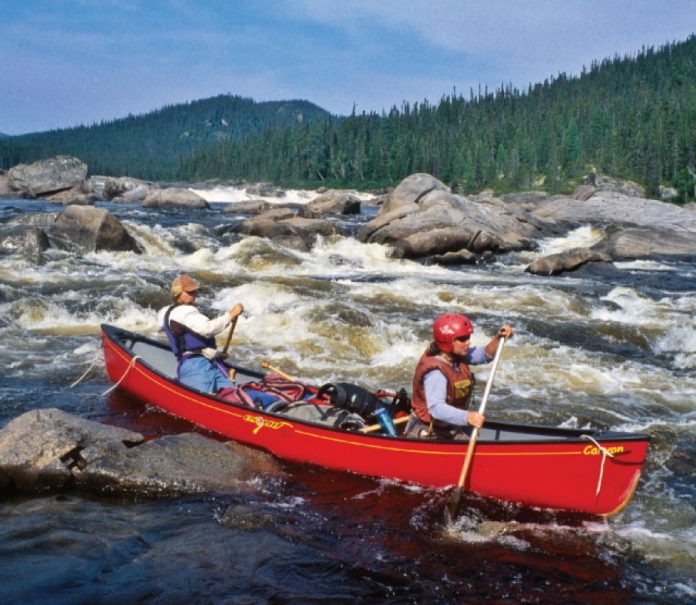
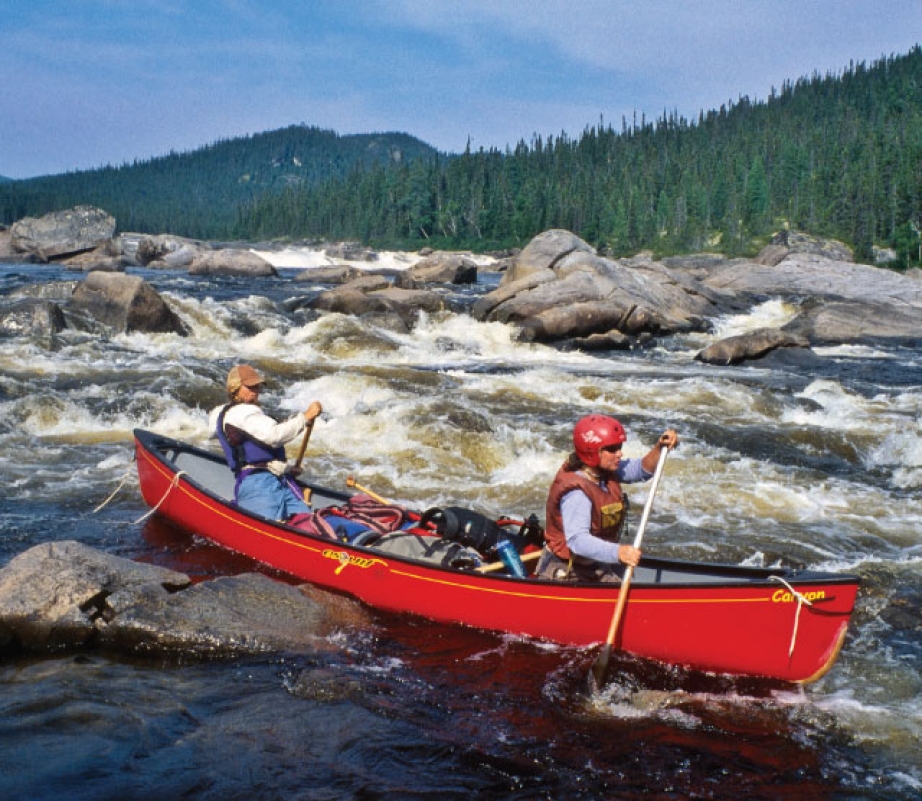
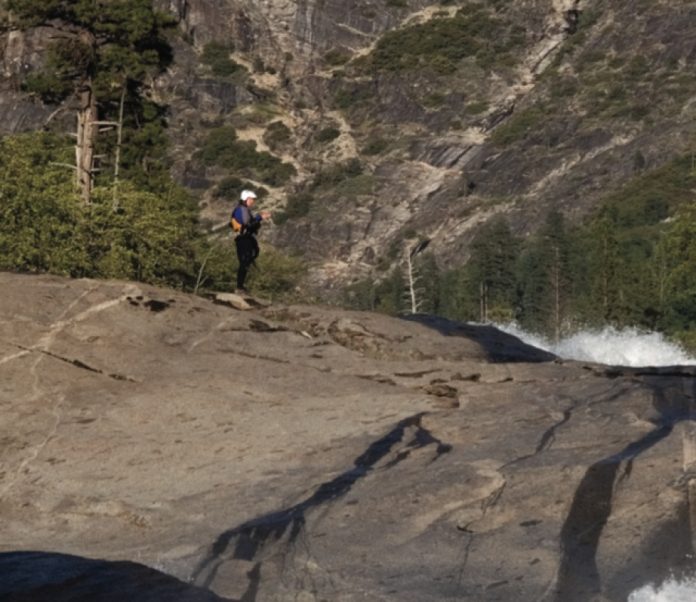
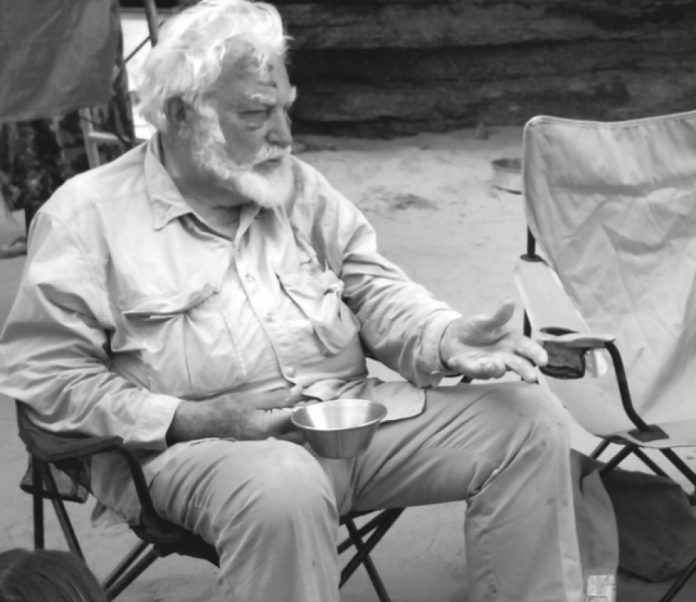
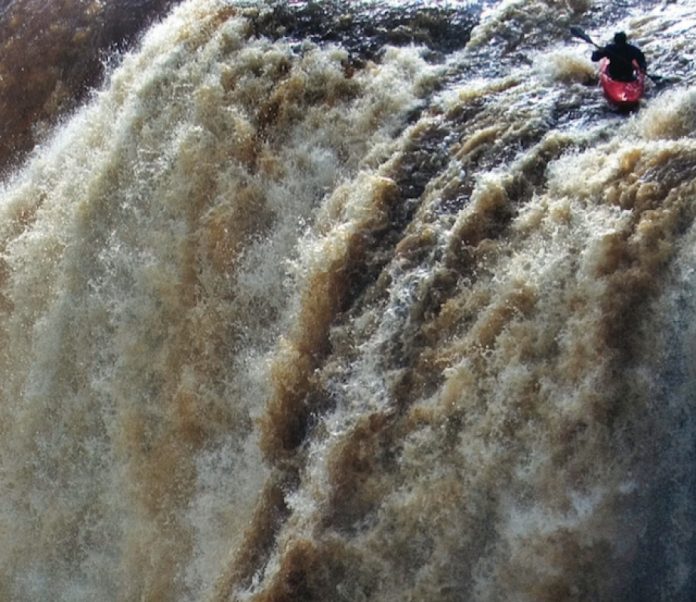
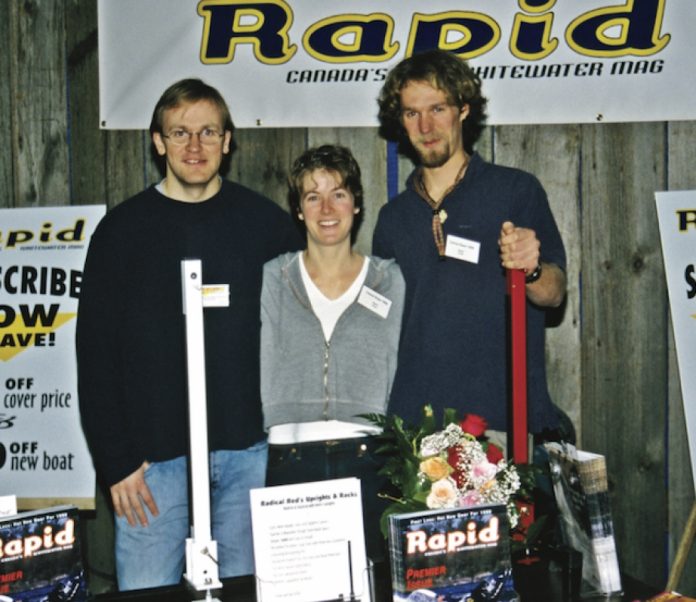
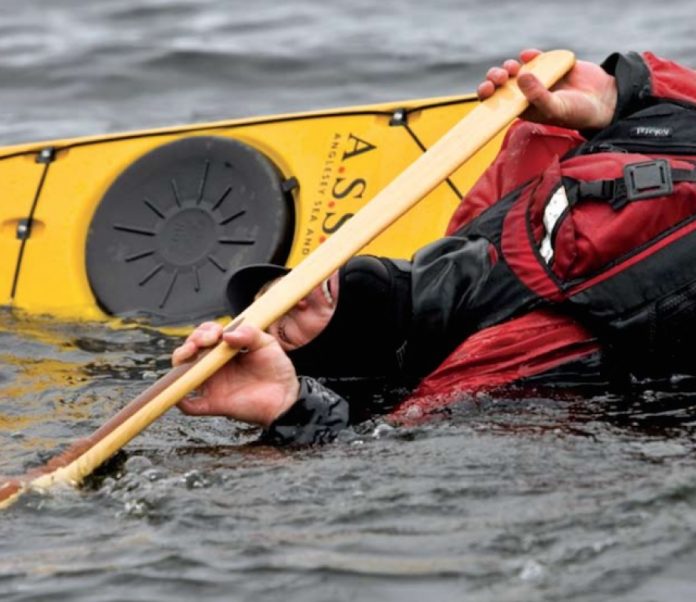
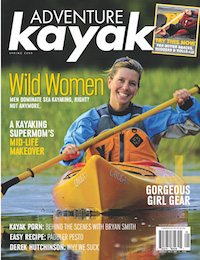 This article first appeared in the Spring 2008 issue of Adventure Kayak Magazine. For more great content, subscribe to Adventure Kayak’s print and digital editions
This article first appeared in the Spring 2008 issue of Adventure Kayak Magazine. For more great content, subscribe to Adventure Kayak’s print and digital editions 